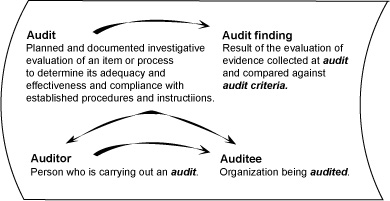ARCHIVED 2.4.5. Non-Hierarchical Relationships (Associative Networks)
Archived Content
Information identified as archived is provided for reference, research or recordkeeping purposes. It is not subject to the Government of Canada Web Standards and has not been altered or updated since it was archived. Please contact us to request a format other than those available.
Consult the Pavel in ...
Español Português Italiano Nederlands العربية
In associative relationships, concepts are linked by spatial or temporal proximity and may share non-essential features. Such relationships include the following types:
- producer-product: bake - bread
- action-result: presidential election - president elect
- action-tool: hammering - hammer
- container-contents: bottle - fruit juice
- cause-effect: humidity - mould
- opposites: winner - loser
The following diagram was taken from Tutorial on Terminology Work, HUTCHESON/MICHAUD, SCC CAC/ISO/TC 37, 1995: 21.

An example of associative relationships is based on the following concepts (taken from Tutorial on Terminology Work, HUTCHESON/MICHAUD, SCC CAC/ISO/TC 37, 1995: 21):
- audit
- Planned and documented investigative evaluation of an item or process to determine its adequacy and effectiveness and compliance with established procedures and instructions.
- audit finding
- Result of the evaluation of evidence collected at audit and compared against audit criteria. "Audit finding" is in a relationship of action-result with "audit."
- auditor
- Person who is carrying out an audit. "Auditor" is in a relationship of actor-actionwith "audit."
- auditee
- Organization being audited by an auditor. "Auditee" is in a relationship of agent-object with "audit."
- Date modified: